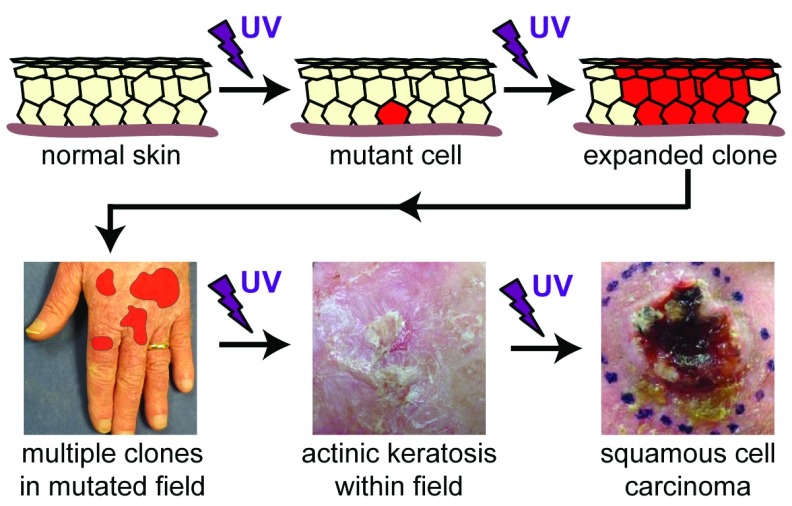Figure 3. Pathogenesis of field cancerization.
Ultraviolet (UV) radiation directly induces mutation in a single keratinocyte. If this mutation provides a selective growth advantage, such as with loss of functional TP53, ongoing UV exposure will facilitate expansion of the clone as well as inhibit immune-mediated surveillance. Chronic UV exposure results in development and expansion of additional clones that evolve and compete with normal cells and each other in a field of actinically damaged skin. Accumulation of additional mutations over time and ongoing UV exposure will allow progression of a microscopic subclone into a visible actinic keratosis and eventually invasive squamous cell carcinoma.

